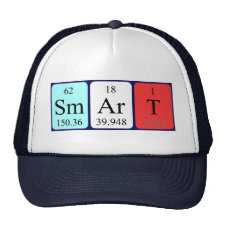
Custom Search
Authors: Castro-Garay P, Reyes JA, Ramos-Garcia R
Article Title: Band structure controlled by chiral imprinting.
Publication date: 2007
Journal: Applied Physics Letters
Volume: 91
Issue: (11)
Page numbers: Art. No. 113519.
DOI: 10.1063/1.2784174
Abstract: Using the configuration of an imprinted cholesteric elastomer immersed in a racemic solvent, the authors find the solution of the boundary-value problem for the reflection and transmission of incident optical waves due to the elastomer. They show a significant width reduction of the reflection band for certain values of nematic penetration depth, which depends on the volume fraction of molecules from the solvent, whose handedness is preferably absorbed. The appearance of nested band gaps of both handednesses during the sorting mixed chiral process is also obtained. This suggests the design of chemically controlled optical filters and optically monitored chiral pumps



Tweet
Join the Society for Molecular Imprinting

New items RSS feed
 View latest updates
View latest updates
Sign-up for e-mail updates:
Choose between receiving an occasional newsletter or more frequent e-mail alerts.
Click here to go to the sign-up page.
Is your name elemental or peptidic? Enter your name and find out by clicking either of the buttons below!
Other products you may like:
Join the Society for Molecular Imprinting

New items RSS feed
Sign-up for e-mail updates:
Choose between receiving an occasional newsletter or more frequent e-mail alerts.
Click here to go to the sign-up page.
Is your name elemental or peptidic? Enter your name and find out by clicking either of the buttons below!
Other products you may like:
 MIPdatabase
MIPdatabase









